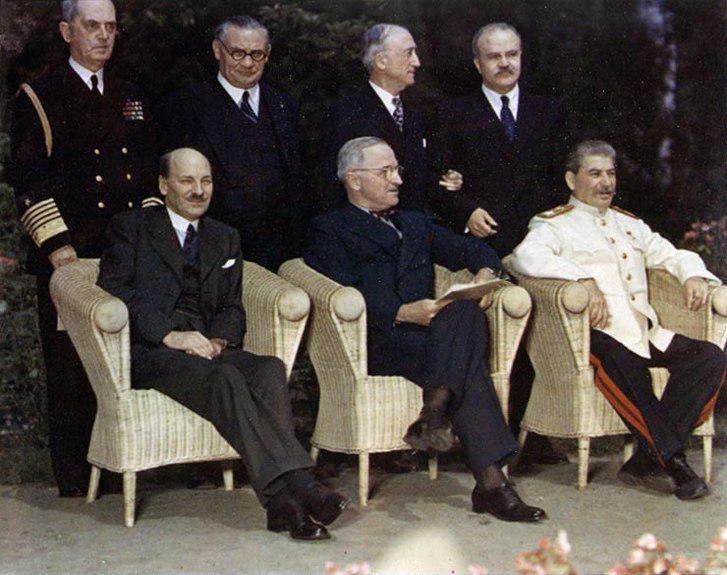COLD WARS PERIOD (1945-1990)


International political and military tensions between the Soviet bloc countries and the Western powers from 1945 to 1990. From the Second World War the threats of wartime warfare of the East and West blocks have created tension all over the world.
In this period, people were born paranoid nuclear doomsday, and the world states tried to take sides with one of these two blocks. Tension has never been turned into a "hot war" between the parties, but the parties have tried to wear each other in every sense. According to general acceptance, the cold war ended with the collapse of the Soviet Union and the collapse of the Berlin Wall.
In addition to the military and political influences of the Cold War, art, sports, literature and science have deeply affected the world in all areas.
Two great states emerged after the Second Great War:
US and USSR.
A number of western European states, emerging from the US and the Second Great War, suffered major injuries and formed a common military apparatus against the USSR against state capitalism, which posed a threat to its capitalist regimes. On April 4, 1949, twelve western countries; The United States, Britain, France, Belgium, the Netherlands, Luxembourg, Canada, Italy, Iceland, Denmark, Norway and Portugal established NATO (North Atlantic Treaty Organization).
The Cold War, in particular, is the period of decades between the mutual threats of the two predominantly ruling powers and the struggle to dominate the world by using these threats.
Capitalism in the Cold War era was the continuation and power of cooperation in the framework of the common goals of NATO, its transatlantic friends who joined the military scene against the common threat, and the military apparatus that stood in the face of the "dreadful" Soviet threat. The first period in which NATO was established was the period in which the "security" of the member states was based on the US nuclear power, and the most important weapon for "deterrence" was the use of "nuclear power". At that time and now, NATO's main military strength is the United States. In the 1950s, the USSR gained the ability to produce and respond to nuclear weapons, and the emphasis was on "containment" and "deterrence" policies, which were abandoned from the "preventive war" strategy, which was then declared a Bush Doctrine but was not a new invention at all. Meanwhile, Greece and Turkey joined NATO in 1952. The buffer bases and the outposts against the USSR continued to be established and new bases opened. Germany joined NATO in 1955 and Spain in 1982. From the 1960s onwards, a new strategy called the "flexible response" and based on the "nuclear weapon use" strategy was developed. The strategy of concentrating the "common enemy" and pretending to solve the crises by using conventional methods was emphasized. The Cold War era is a period when the US, which is not so involved with the rest of the world, tries to become global power unless it touches itself with the Monroe Doctrine and establishes military, economic, and political hegemony with the USSR paranoid (food for power). During this period, NATO became the most important instrument. After the end of the Cold War, the United States was put in place to transform the existing powers-horror-future scenarios and mechanisms to protect and develop this hegemony.
Congratulations @deduska! You have completed some achievement on Steemit and have been rewarded with new badge(s) :
Click on any badge to view your own Board of Honor on SteemitBoard.
For more information about SteemitBoard, click here
If you no longer want to receive notifications, reply to this comment with the word
STOP